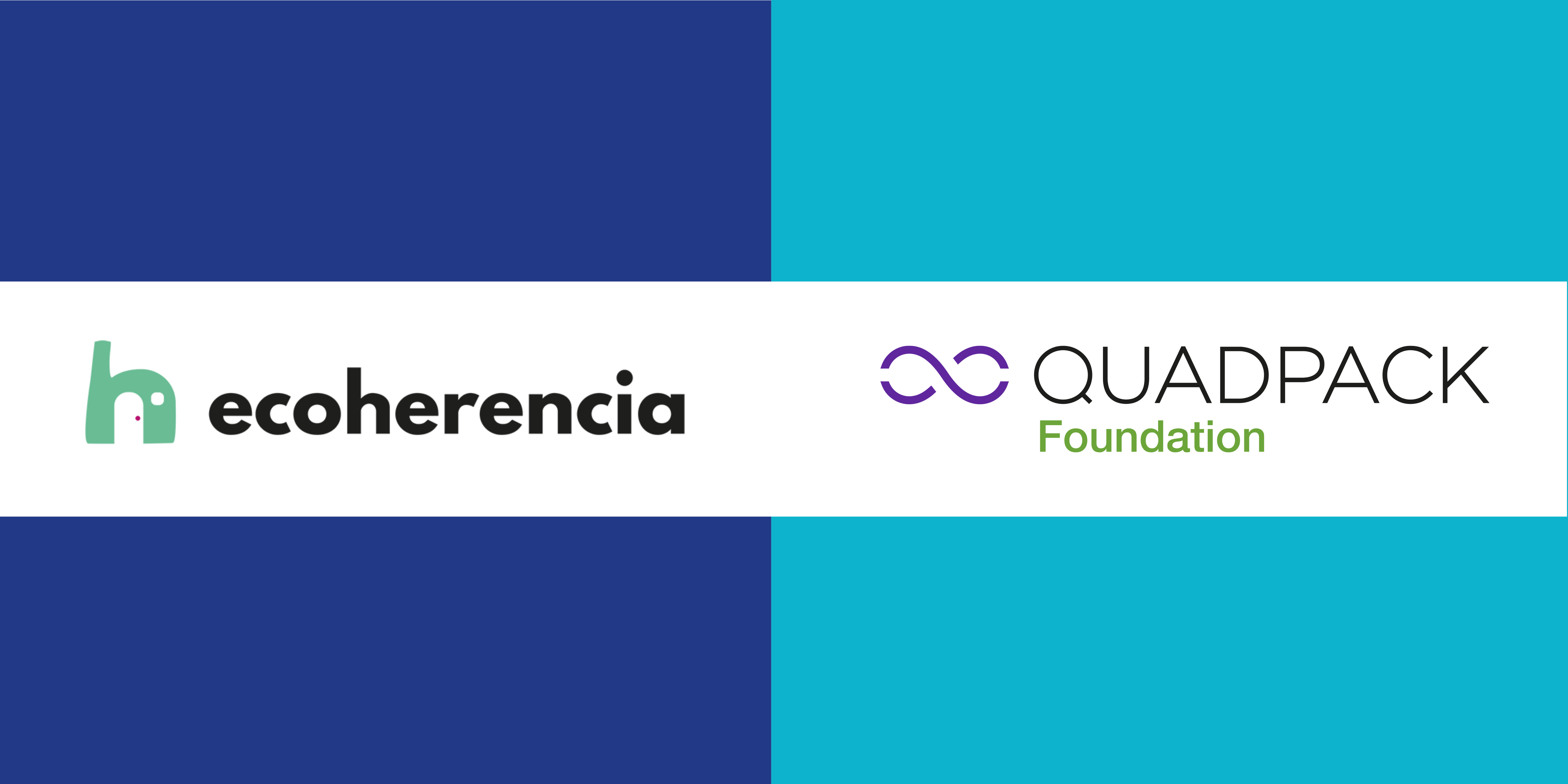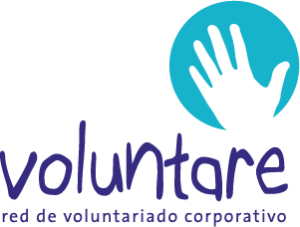Community investments done poorly

By the fourth paragraph I was rolling my eyes.
Turns out that 14,000 Lilly employees helped give out corporate funds ($775,00), but only contributed something like $75,000 out of their own pockets. That’s an average of $5 per employee.
Not much to brag about, I figured.
Lilly’s corporate citizenship program often provides me with great examples of big companies doing community investment poorly. Each year, as one of the world’s largest pharmaceutical companies, they hold their Global Day of Service and plant shrubbery along one of the highways in Indianapolis. Not exactly high impact volunteering. (To be fair, there are other company activities – but these seem to be small and similarly unfocused)
So I immediately read this post the same way – lots of PR and Marketing – very little substance.
I might be wrong.
Upon further reflection (and because some of my friends are Lilly employees), I’m convinced there is no way the company’s employees only give an average of $5 per year through their workplace giving program. So I’m giving the company the benefit of the doubt and assuming that this article is referring to only one particular program or project. There must be more dollars coming in through other avenues. The important thing – and the fact I want to focus this article on – is that Eli Lilly is making smart choices to encourage and involve their employees in workplace giving.
First, they moved to an online giving platform
Online tools like online giving are growing in popularity. They are a great alternative to the more traditional United Way program and provide features that stimulate higher levels of interest and participation in workplace giving campaigns. Here are some of the reasons why online tools are so effective:
Convenience: Most of these tools offer incredible ease of use with multiple options for giving such as payroll deductions, matching corporate dollars, ‘dollar for doers’ (matching corporate dollars to employee volunteer time), as well as straight up giving via paypal or a credit card.
Choice: Unlike traditional funding campaigns used by the United Way, this new technology enables employees to give to corporate campaigns as well as any other registered charity. This ‘both and’ approach will become the standard within the next three years.
Socialbility: Most of the tools allow employees to see what their colleagues and company are doing to contribute. Being part of something bigger is incredible incentive to achieve bigger goals.
Real Time: The best online tools will enable employees to give to charities almost immediately. Many giving campaign organizations hold on to donations and use the interest to cover their massive overhead. This can be a real turn off in a world that’s been Googleized – we expect immediate results.
No Minimum: Providing employees the option to give $5 as well as $500 is a great way to increase participation. The ability to fluctuate in my giving enables me to keep my commitments without causing undo stress when things get tight financially.
Alignment: The idea of integrating our personal and professional lives is gaining momentum – especially among millenials. When my workplace allows me to bring combine my personal philanthropic passions with my employment it creates a more meaningful experience.
Partnership: Most people value being included in the decision-making process. When companies offer employees a voice as to which causes and issues should be focused on, they create strong collaborative relationships which bring rewards to both the corporation and the individual.
For more info check out Benevity’s blog ‘The 7 Secrets of Successful Workplace Giving Programs – Part 1 & Part 2
Second, they provided real incentives.
Instead of just announcing that employees could give online, Lilly incentivized the launch by giving each employee $50 to direct to a charity online. According to the article, they also promised to match whatever donation the employees made on top of that $50. So an employee could give $30 out of their own pocket, have that matched by the company and add the extra $50 incentive and the nonprofit would receive $110. Not a bad investment of time!
Third, they bragged about their employees instead of their foundation.
The article deliberately spotlighted what Lilly employees were doing. The Foundation and company were painted as facilitators to the impressive and noble efforts of the employees. I cannot stress strongly enough the importance of this type of advocation. If companies ever hope to see their employees play the role of community ambassadors and advocates – they’ve got to do it first.
Plus, it’s just classy to tell the world how great your employees are!
Fourth, they focused not just what was given – but how.
Companies need to change the way they invest their philanthropic dollars. The days of writing a check and asking for some reports to make sure the dollars were used wisely are over. The entire process of giving needs to create impact for the community, the company, and the employees. That means that companies should invest where there is alignment with their brand and offer some type of return for shareholders and stakeholders.
Companies should also include employees in the process of giving. Why? Because employees are looking for the alignment and partnership we noted above. Work becomes more rewarding and more purpose driven when it offers an avenue for engagement.
Next time we’ll cover the options available for online giving tools and what to look for.
Fuente: Realized Worth




